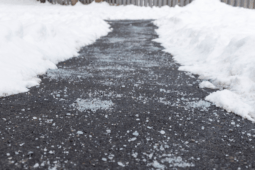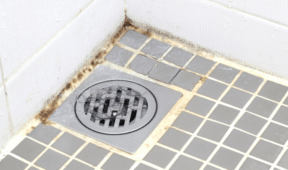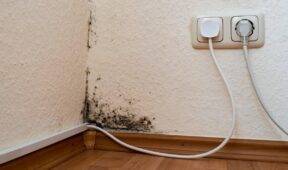A Guide to Wood Finishes That Are Food Safe
My grandfather was a hobbyist woodworker. He would make us all kinds of things out of wood: massive doll houses, piggy banks out of wood shaped like different animals, and toys. I have fond memories of watching him in his wood shop take a plain piece of wood and turn it into something spectacular.
Yes, you can certainly do a lot with wood. It’s the number one material and go-to for most things. We use it to build houses and furniture, and we even craft with it, but what about when it comes to eating on it? Or preparing food on it? I have a butcher block top island in the middle of my kitchen, and I love it. It’s great to prepare food, but it’s getting a little worn. So how can we protect this wood, and how did someone make it so that it was food safe? We will dive deep into the best food-safe finishes for wood and how to protect your wood countertops and cutting boards.

Different Types of Food-Safe Finishes
Pure Tung Oil
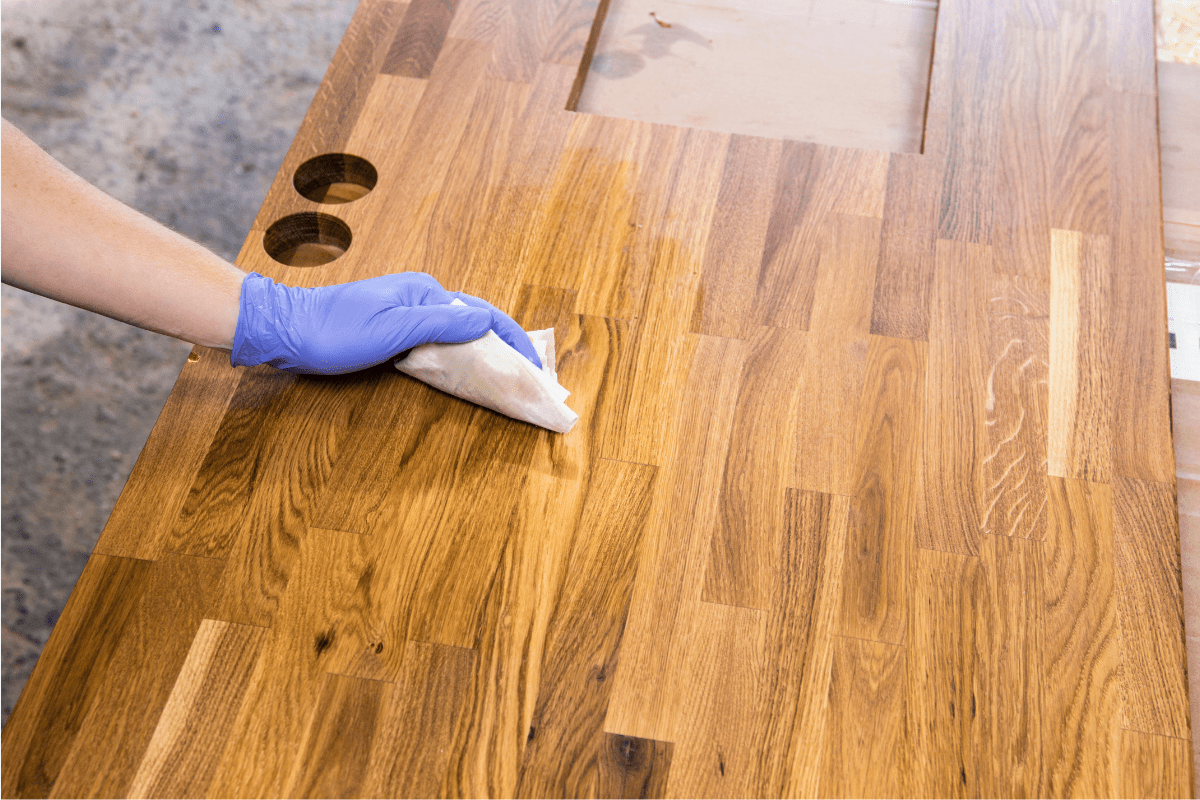
Pure tung oil is extracted from the nut of the china wood tree and is probably the most common food-safe finish. It has been around for thousands of years and is a go-to for many woodworkers. It’s a natural drying oil; when exposed to air, tung oil will harden, creating a transparent, almost wet look. It does not darken with age and will resist water.
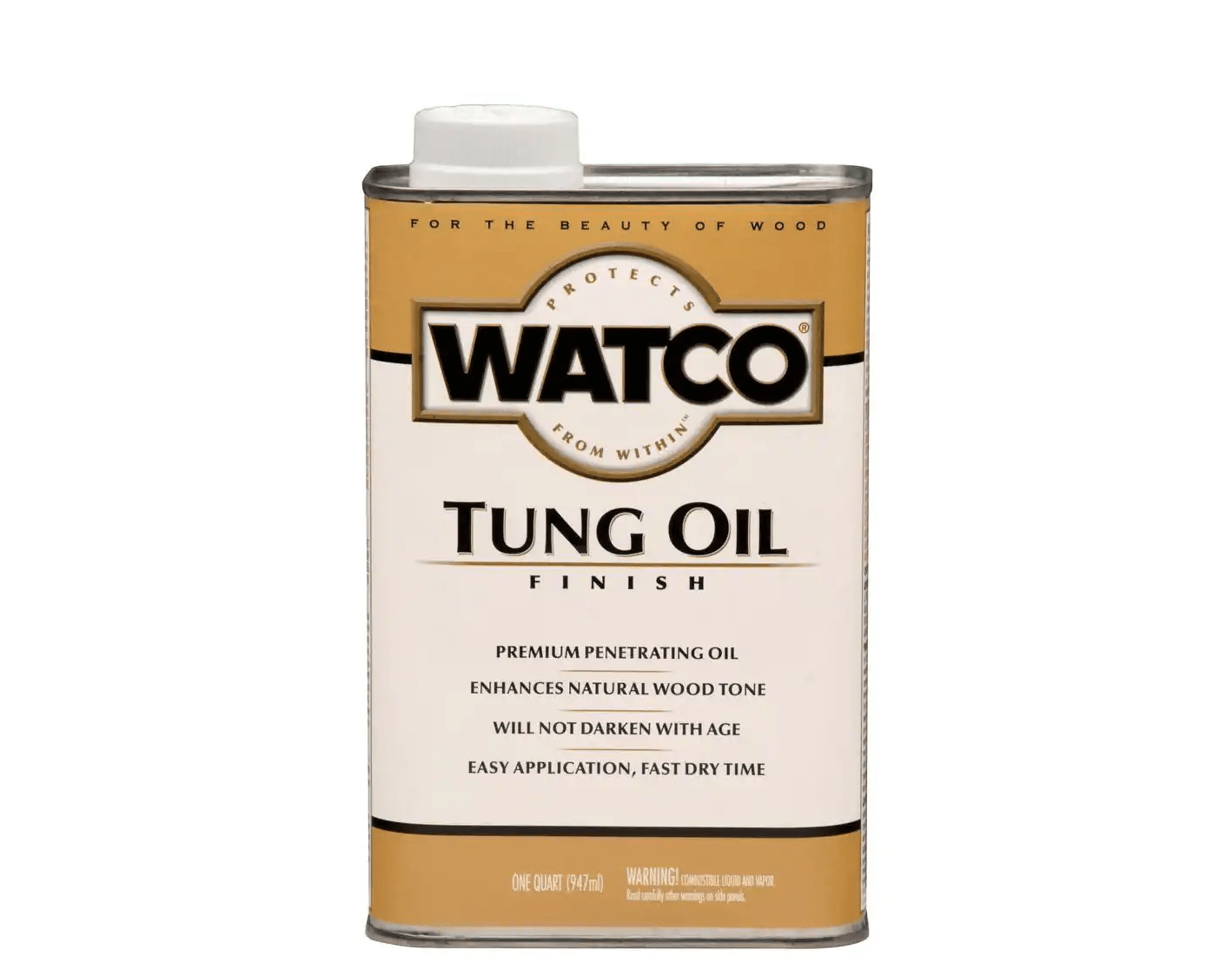
Tung Oil Qualities
- Protects surfaces
- Withstands moisture
- Brings out the beauty of wood
- Flexible and long-lasting finish
- Will not mold
- Quicker drying time than other oils
- Does not need a sealer on top as tung oil naturally protects and seals from water
- Easy to clean
- Cures to a beautiful matte finish
- Eco-friendly
Mineral Oil
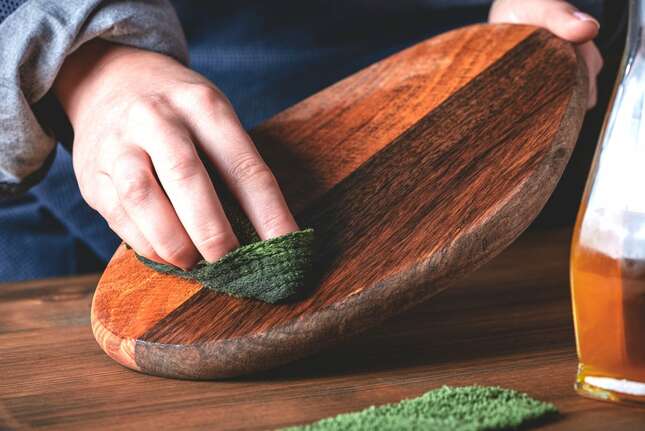
Mineral oil is a generic term that describes an odorless and colorless substance with a variety of uses across many different industries. When it comes to using mineral oil as a food-safe finish, it’s chosen because it’s easy to apply and doesn’t go rancid.
The thing to keep in mind when using mineral oil is that it does not last forever and will have to be reapplied periodically to preserve the beauty and integrity of the wood.
Mineral Oil Qualities
- Easy to apply
- Higher purity
- Non-toxic & food safe
- Brings out the natural grain
- Conditions wood
- Doesn’t deposit or distort color
Important: While mineral oil is a good choice, users should know that it is not waterproof and not overly durable. It does not protect against scratches and can appear dry and dusty if not maintained.
Beeswax
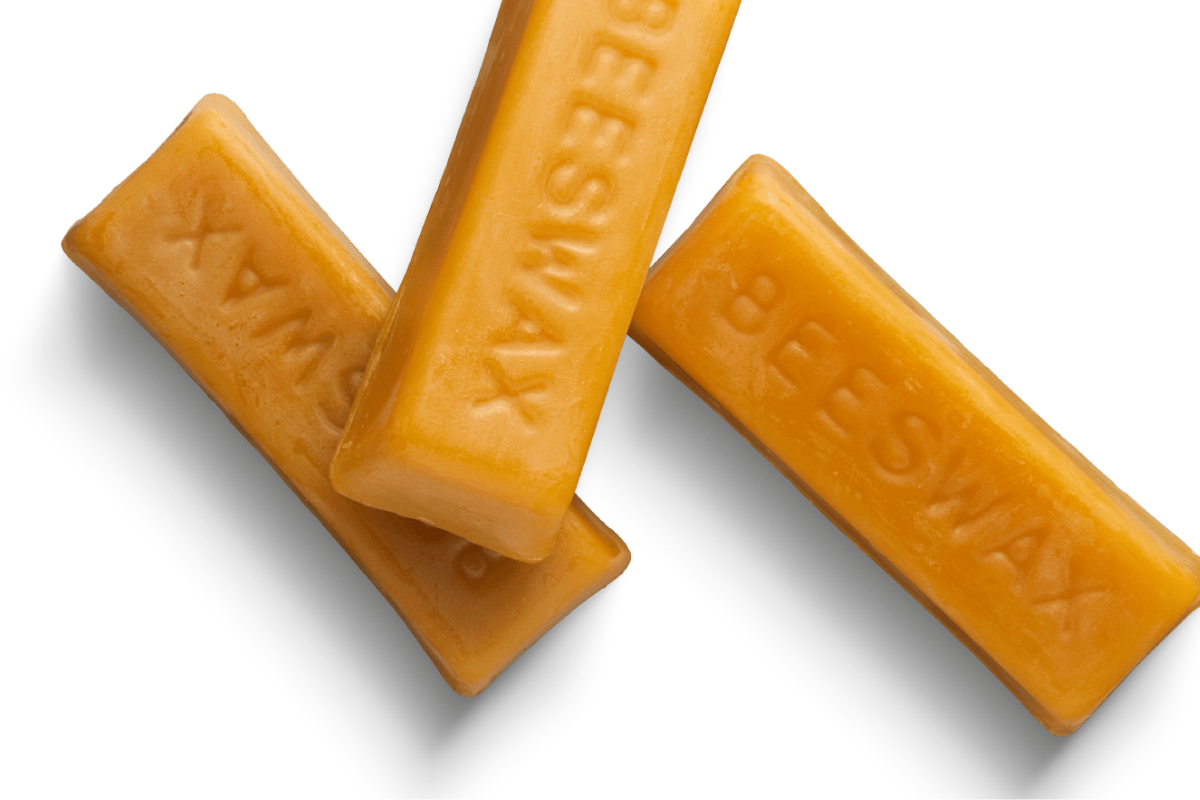
Beeswax made by honeybees can be added to an oil finish to make it more water repellent. For example, you can add beeswax to mineral oil to provide the extra benefit of sealing the wood’s pores. Solid beeswax must be melted before it can be applied to the wood.
Beeswax is a good wood finish on its own as well. It’s rich and fantastic and is used to seal old scratches and sun-damaged surfaces to make them disappear. It also gives the wood a warm shine and glossy finish. Beeswax is a great ingredient to use to make your own wood butter at home, too.
Beeswax Qualities
- Easy to apply
- Environmentally friendly
- Water-resistant
- Easy to take off with a solvent
- Anti-bacterial properties — protects delicate surfaces from mold and rot because it kills fungi spores
Carnauba Wax
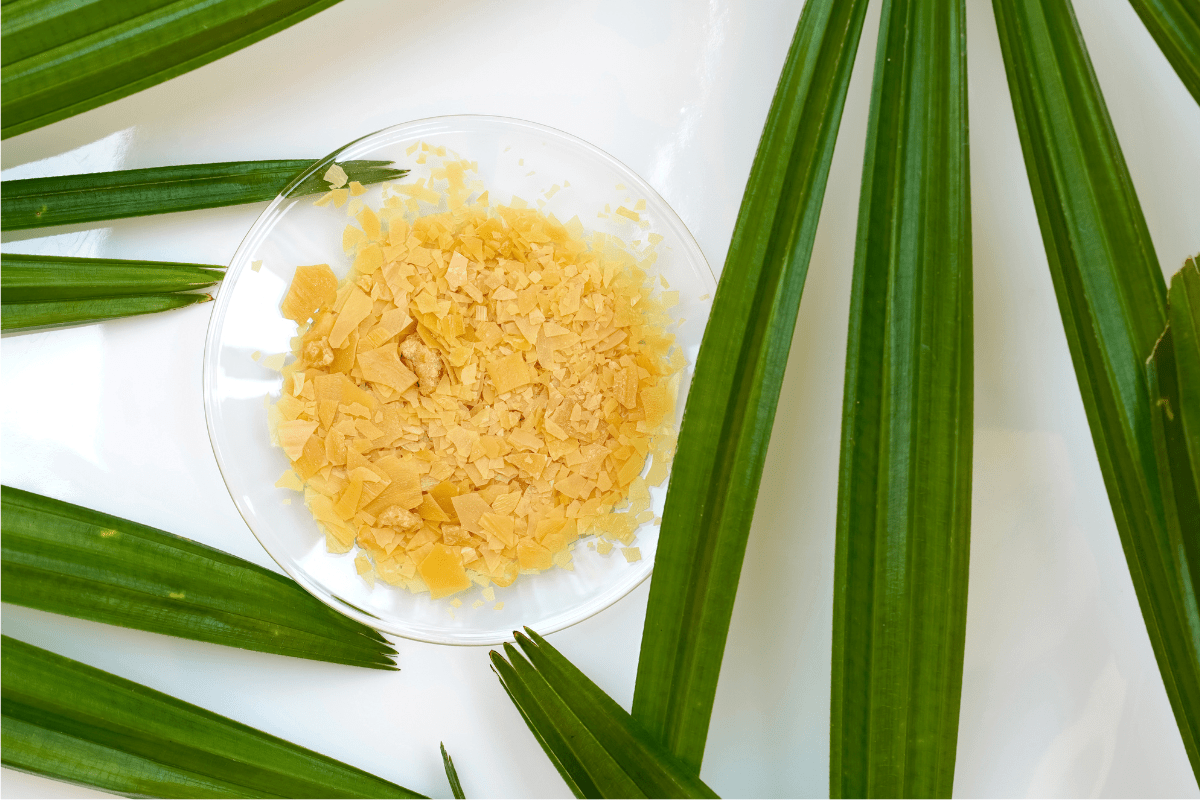
Carnauba, also called Brazil wax and palm wax, is a wax of the carnauba palm leaves. Carnauba wax is a standalone finish or a topcoat with another finish. It tends to be more rigid and more water-resistant than beeswax.
Carnauba wax is shiny, perfect for giving many products a glossy look. It also has waterproofing qualities when applied to certain products.
Shellac
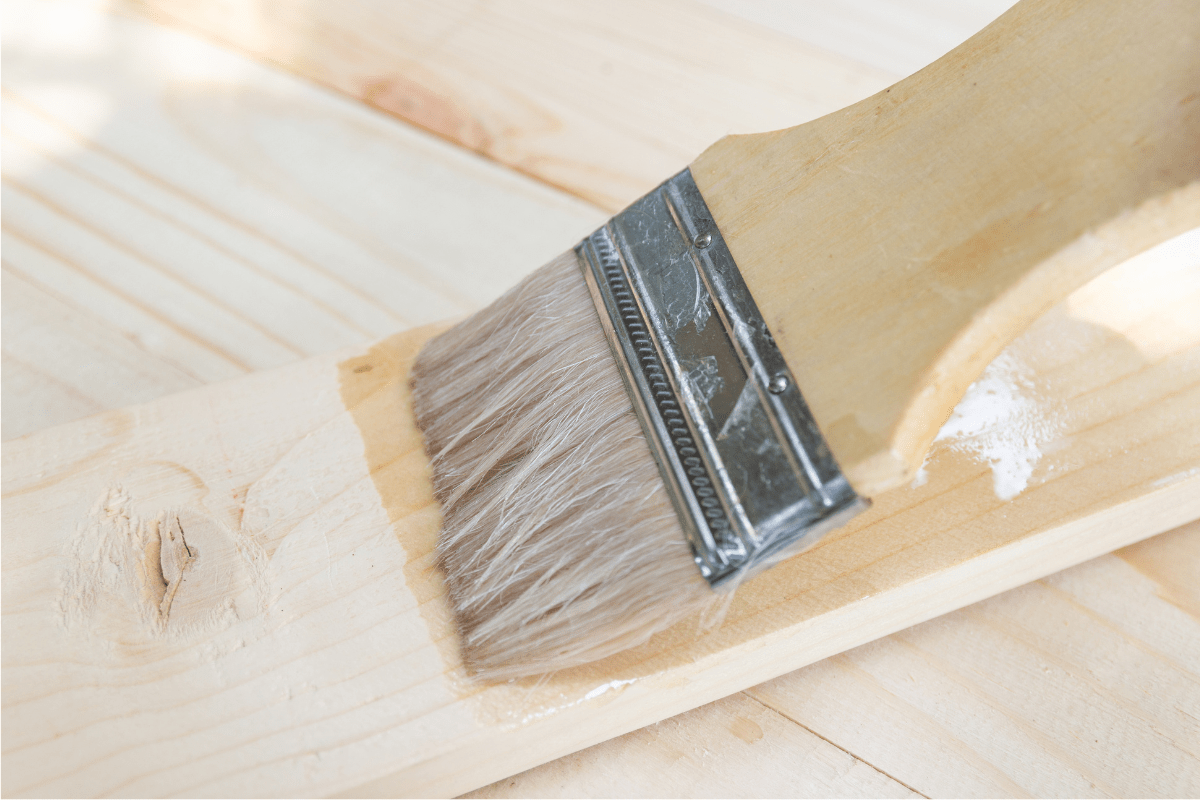
Shellac, emanated from Indian lac bugs, is a typical food-safe film finish. It is highly water-resistant. The appealing part of shellac is that it is available in different hues. Shellac is sold in liquid form or flakes that must be dissolved in ethanol before application. (The ethanol evaporates during the curing process.)
Most commonly, people opt to purchase shellac in a ready-to-apply liquid form. The manufacturer will have already done the work of thinning out shellac for you. So, all you need do is get to work with a brush.
Shellac Qualities
- Fast dry time
- Non-toxic
- Does not fade or yellow over time
- Resistant to UV rays
- Easy to apply
Walnut Oil
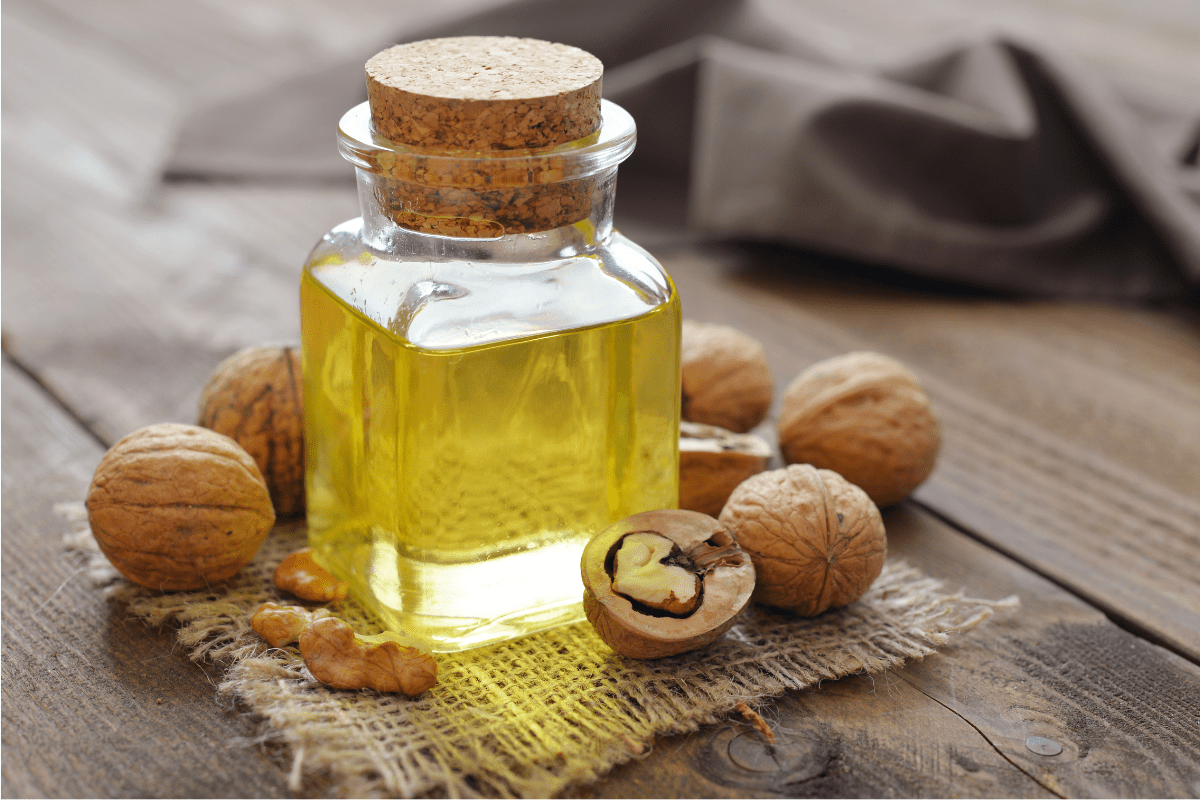
Walnut oil hardens into a food-safe, satin finish for bowls, butcher blocks, utensils, and other wood products. It’s a slow-drying oil that will cure faster in a warmer environment, and room temperature is typically best.
Walnut oil is widely recommended because it doesn’t go rancid — it is an exception to the typical food-based oils. It dries, unlike the other oils in your kitchen. However, it can still get a tacky feel. If you’re a believer in walnut oil, apply it only to utensils you use and wash often. That should help keep it from developing a thick, sticky coating.
Walnut Oil Qualities
- Drys to a hard resin coat
- Non-toxic
- Satin finish
- Doesn’t go rancid
Choosing the Right Food-Safe Finish for Your Project
So now that we have given you some examples of food-safe finishes, how do you know which one to choose for your project? You can answer this question by determining if you are after a penetrating oil or a surface sealer.
Penetrating Oils
Penetrating oils soak down into the wood and stay inside. They provide less protection but are easier to apply and leave a more realistic-looking finish.
If you want to use penetrating oil, you can go with:
- Pure Tung Oil
- Mineral Oil
- Walnut Oil
Surface Sealer
A surface sealer remains on the surface and leaves a layer that can be built up for added protection. It’s more protective than penetrating finishes, but it can be tougher to apply. Surface sealers are perfect for items that will take more physical abuse.
If you want to use a surface sealer, you can go with:
- Shellac
- Beeswax
- Carnauba Wax
Food Safe Finishes and Temperatures
When selecting a food-safe finish, consider the temperatures that will come in contact with the item and how they will affect it; some food-safe finishes will hold up better to heat and the cooking strain. Penetrating oil will be able to withstand hot temperatures more than wax.
How To Apply Food-Safe Oil
First, sand the item with 320-grit sandpaper until smooth. Fully remove all dust.
To apply, you will need lint-free rags and gloves. Pour your oil onto the rag, or directly on the wood surface.
Spread it around and rub it in, with the direction of the grain of the wood. It’s really simple to apply oil, and it’s almost impossible to make a mistake.
Let it soak into the wood for 10 minutes, then wipe off whatever oil didn’t soak in with a clean rag.
This is a very broad guideline to applying an oil finish, but always read the instructions that come with your finish.
Curing
It takes 30 days for most finishes containing solvents or driers to cure to food-safe levels. If you’ve got the time, that leaves your options wide open. If you don’t have the time, it’s best to choose a finish that is made from pure ingredients that are safe to consume as-is (such as tung oil, beeswax, shellac, or any other finishes from this article).
It’s important to remember that food-safe oils and finishes don’t “dry” they cure. Wood finishes that are pre-made will often list a drying time on their label. This is the amount of time the manufacturer recommends you wait before applying extra coats. The surface coating will feel dry to the touch with most products, but the material under that dry surface will not have dried.
Make Your Own Wood Food-Safe Finish
You can make your own wood food-safe finish. It’s quite easy and doesn’t require a lot of steps or products. In less than 20 minutes it will be ready to use.
- 5 tablespoons of beeswax melted.
- 2 tablespoons of organic coconut oil.
- 6 tablespoons walnut oil.
- 3 capsules of vitamin E, natural source, contents only.
- ½ teaspoon orange essential oil.
Directions:
- Use a double boiler by placing a glass measuring cup in a saucepan.
- Add the beeswax, coconut oil, and walnut oil to the glass measuring cup.
- Simmer the water in the saucepan over medium heat until the beeswax melts fully.
- Remove the saucepan from the heat and the glass measuring cup from the saucepan.
- Add the contents of the vitamin E capsules to the mixture in the measuring cup.
- Mix to combine.
- Add the orange essential oil and mix well to combine.
- Place in a jar with an airtight lid.
Note: You could use a different essential oil, but orange essential oil is antibacterial and very good for wood finishes. You could substitute lemon or grapefruit essential oil, if you prefer.
Citrus oils go well with wood and deeply cleanse the wood, removing surface stains and grime.
Frequently Asked Questions (FAQs)
Which finishes are food-safe?
Finishes used to contain lead as a drier, but that was prohibited years ago. Most finishes are food-safe, but the key is to allow finishes to fully cure, which takes up to 30 days. There are basically two types of finish: oil, which penetrates the wood, and film-forming, which lies on top of the wood.
What is the best food-safe finish for wood?
All the finishes on this list are great for most projects and are all food-safe. Pure Tung Oil does seem to be the most common choice among woodworkers due to its long list of qualities. It is important to think about what effects you are after for your project before selecting a food-safe finish.
Can you stain wood and make it food safe?
Wood stain is toxic during the application and drying processes, but is non-toxic after curing for 30 days. Most wood stains are not tested for food safety, and therefore cannot be labeled food safe, but are manufactured to comply with FDA regulations for food safety.
Is there a food-safe stain for butcher block countertops?
Yes. There are several specially formulated products on the market that are safe for staining wooden butcher blocks, cutting boards, salad bowls, and other wood applications which require a food-safe finish. You can head to your local h0me improvement store and check out their selection or shop online. These products are specifically called Butcher Block Oil and Stain.
Is beeswax safe for food?
Yes! You can eat food-grade beeswax which makes it a common choice for a wood finish. For those that are particularly nervous about toxins, beeswax is their first choice for wood food prepping surfaces.
Can I use food-based oils for a wood finish?
Food-based oils like olive, vegetable, and canola oils will never dry and chip off into your food like hardening oils, and that’s why some people try to use them on wood bowls, wood spoons, and cutting boards. Still, they can discolor your items and become rancid, giving your spoons and cutting boards a rotten smell. These oils are especially troublesome when used on countertop cutting boards that don’t get a thorough washing very often.
How can I refresh my wooden kitchen items?
When items like wooden bowls or cutting boards get roughly treated with knives and utensils, you can use an oil finish like tung, mineral, or walnut oil to give them a refresh. Use a clean lint-free rag to buff in a bit of oil.
What makes a finish truly food-safe?
To be considered truly food safe, a finish must cure correctly, which takes much longer than drying. Curing times can vary based on the type of finish and your home’s humidity and temperature levels. Around 30 days is considered standard for most food-safe finishes.

